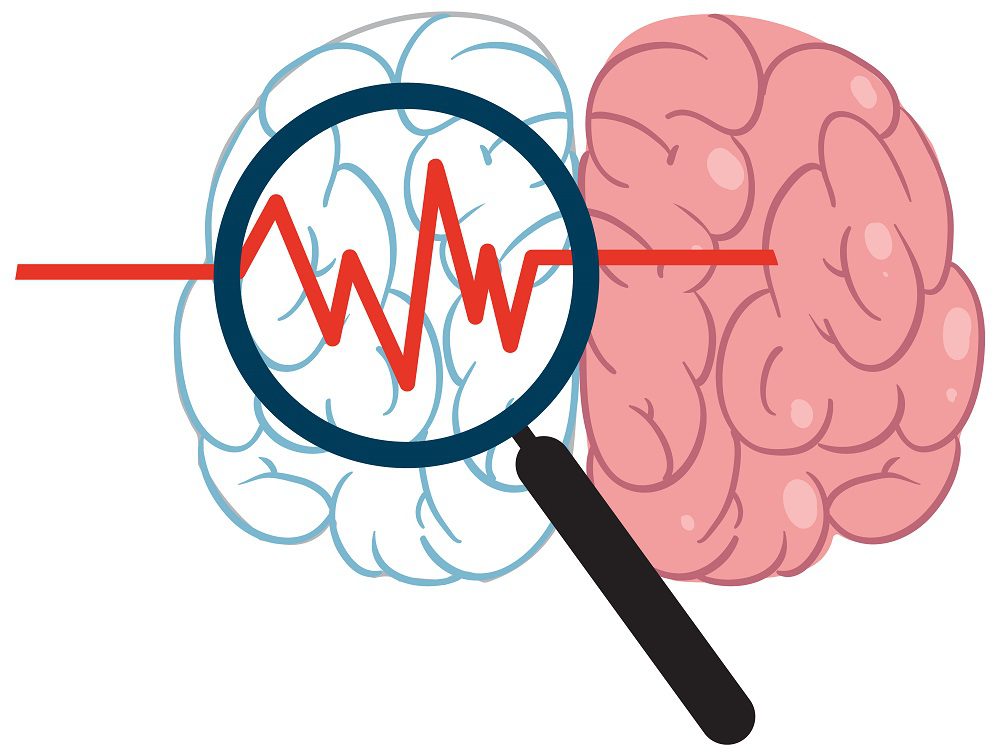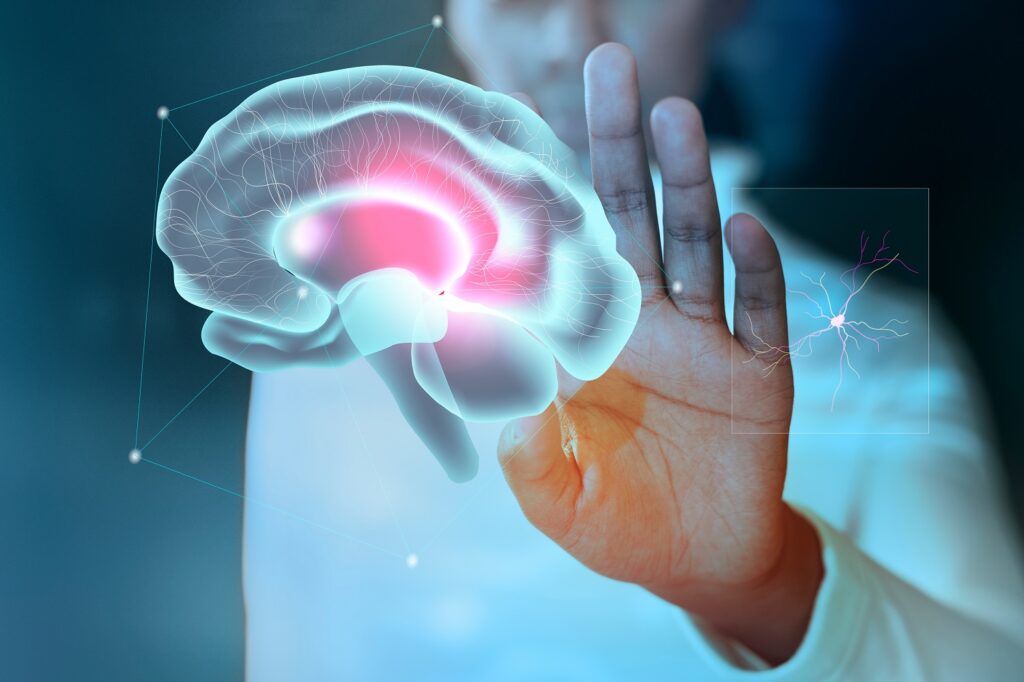Adverse intrauterine events may profoundly influence fetal risk for future adult disorders. The mechanism underlying this increased vulnerability is complicated and inadequately understood. Recent advances in fetal magnetic resonance imaging (MRI) have provided clinicians and scientists with remarkable access to in vivo human fetal brain development to specify emerging endophenotypes of neuropsychiatric diseases like autism spectrum disorder, schizophrenia, and attention-deficit hyperactivity disorder (ADHD). Blood oxygen level-dependent imaging is a non-invasive method for researching emerging brain functions that rely on regional differences in cerebral blood flow. While remarkable advancement has been made in fetal MRI, the field faces continuing challenges. One pervasive problem is motion as fetuses move spontaneously and unpredictably which can result in misdiagnosis.
















